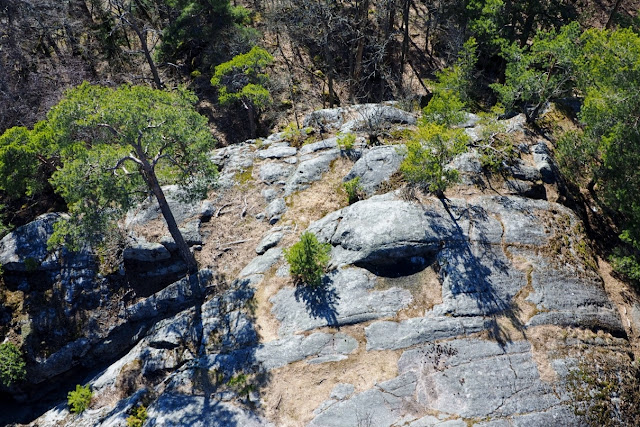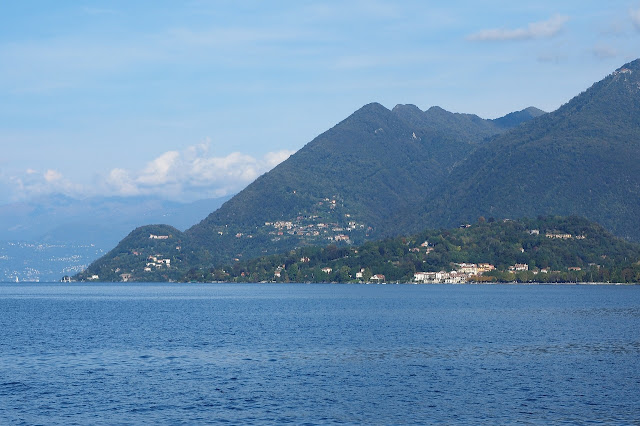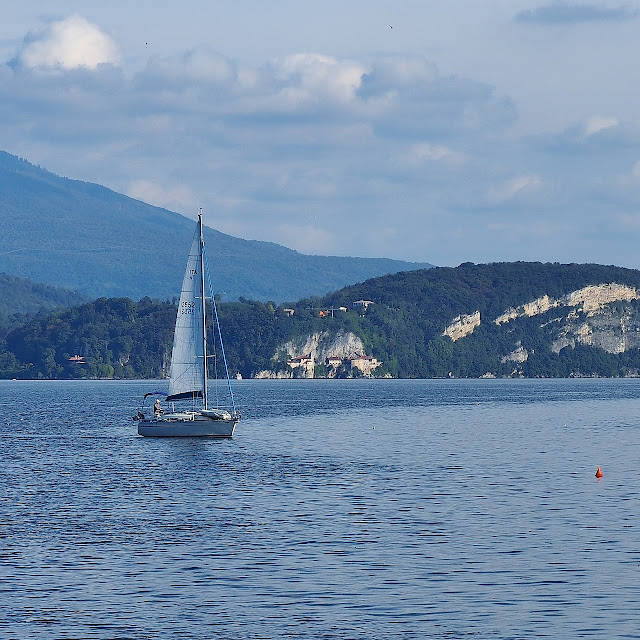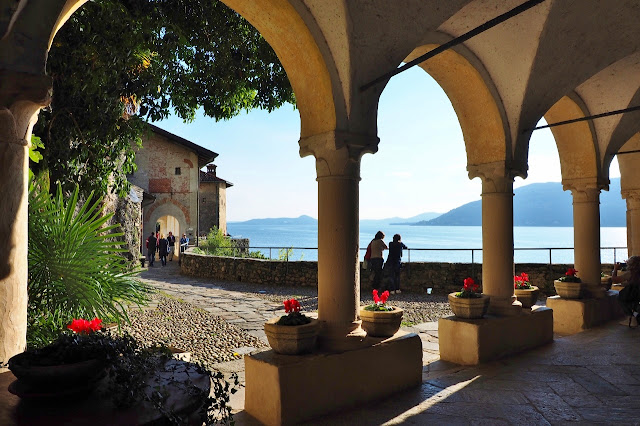We’ve had rather a poor April, at least the
latter part of it. Earlier this week, the temperature dropped close to the freezing
point and we even had some sleet. It’s been a long season for the daffodils the
town planted on the pedestrian Theatre Bridge and elsewhere in mid-March.
Every once in a while, we’ve also seen some sunshine. So
far, very little of it has been of the warming kind but nevertheless we’ve
ventured out a few times with hubby’s binoculars and some snacks tucked in his
backpack.
Recently, we’ve had our afternoon coffee, for example, once at the
top of a lookout tower and twice sitting on the rock at the foot of one.
There is not much to observe yet I’m
afraid. Judged from nature, it would be hard to guess whether it is
spring or autumn. You’d have to descend literally to the grass-root level to be
able to tell. That’s the kind of April we generally have. It is feeling desperately long now that we didn’t travel anywhere. I can’t wait to get rid of it.


























































